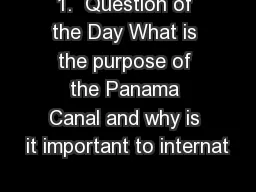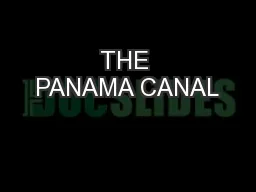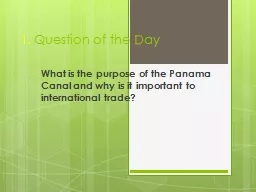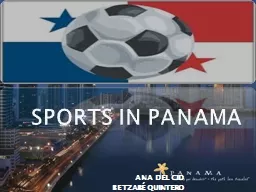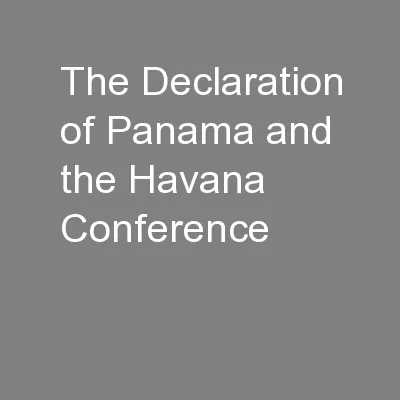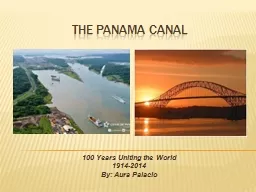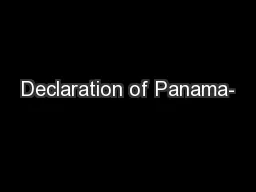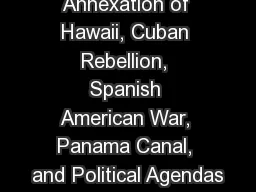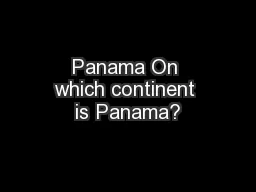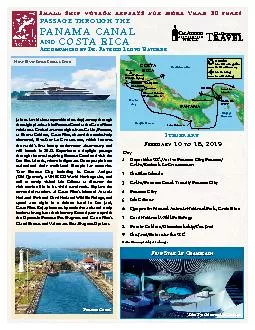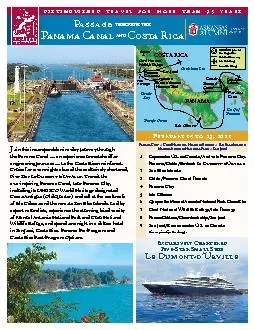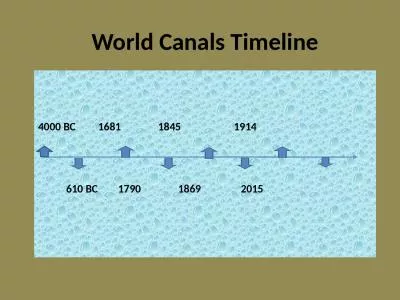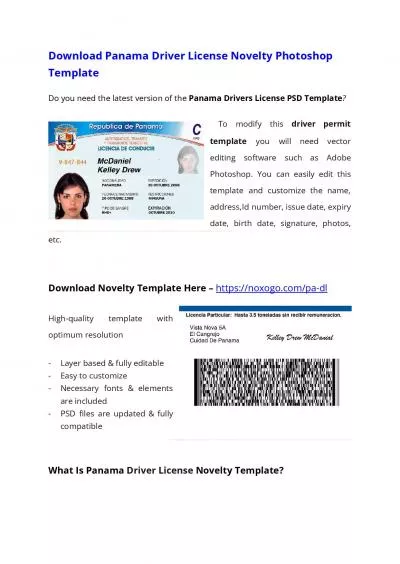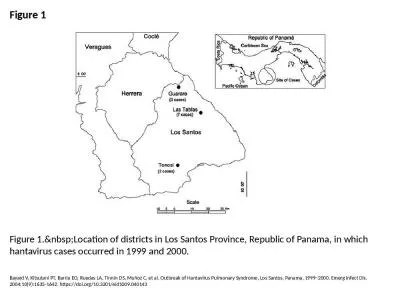PPT-1. Question of the Day What is the purpose of the Panama Canal and why is it important
Author : sherrill-nordquist | Published Date : 2018-03-12
2 The Panama Canal The Worlds Most Important Shortcut 3 Where is Panama 4 What is an isthmus Panama is an isthmus An isthmus is a narrow strip of land which has
Presentation Embed Code
Download Presentation
Download Presentation The PPT/PDF document "1. Question of the Day What is the purp..." is the property of its rightful owner. Permission is granted to download and print the materials on this website for personal, non-commercial use only, and to display it on your personal computer provided you do not modify the materials and that you retain all copyright notices contained in the materials. By downloading content from our website, you accept the terms of this agreement.
1. Question of the Day What is the purpose of the Panama Canal and why is it important: Transcript
Download Rules Of Document
"1. Question of the Day What is the purpose of the Panama Canal and why is it important"The content belongs to its owner. You may download and print it for personal use, without modification, and keep all copyright notices. By downloading, you agree to these terms.
Related Documents

